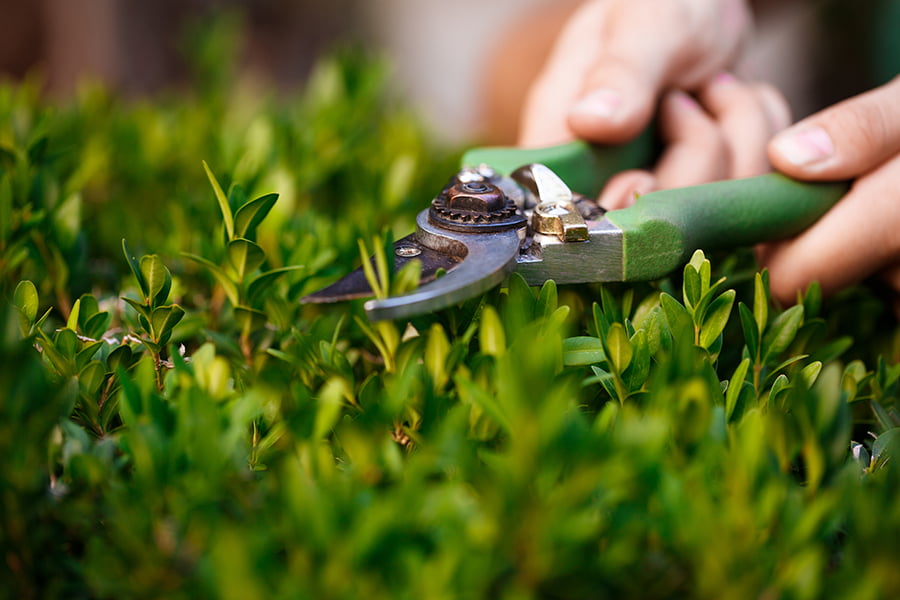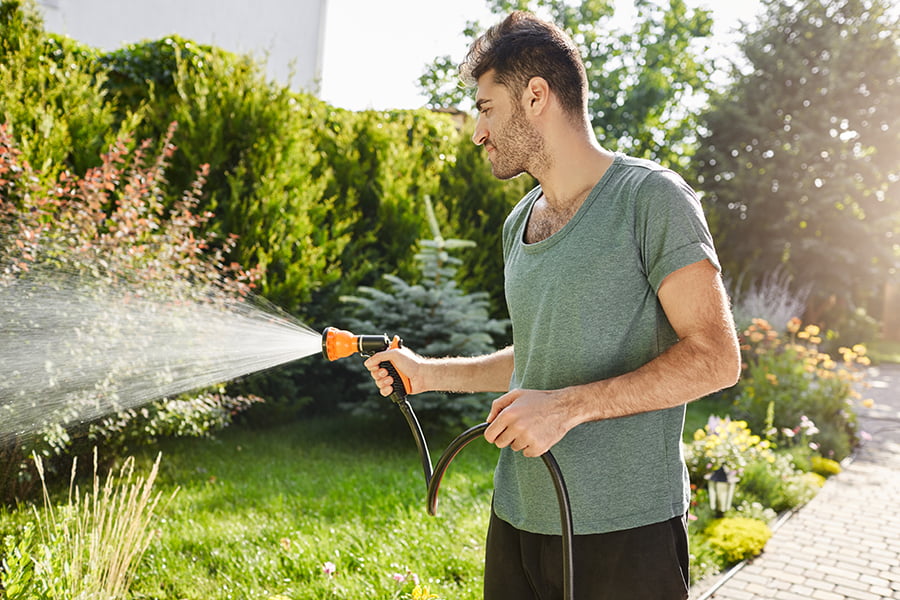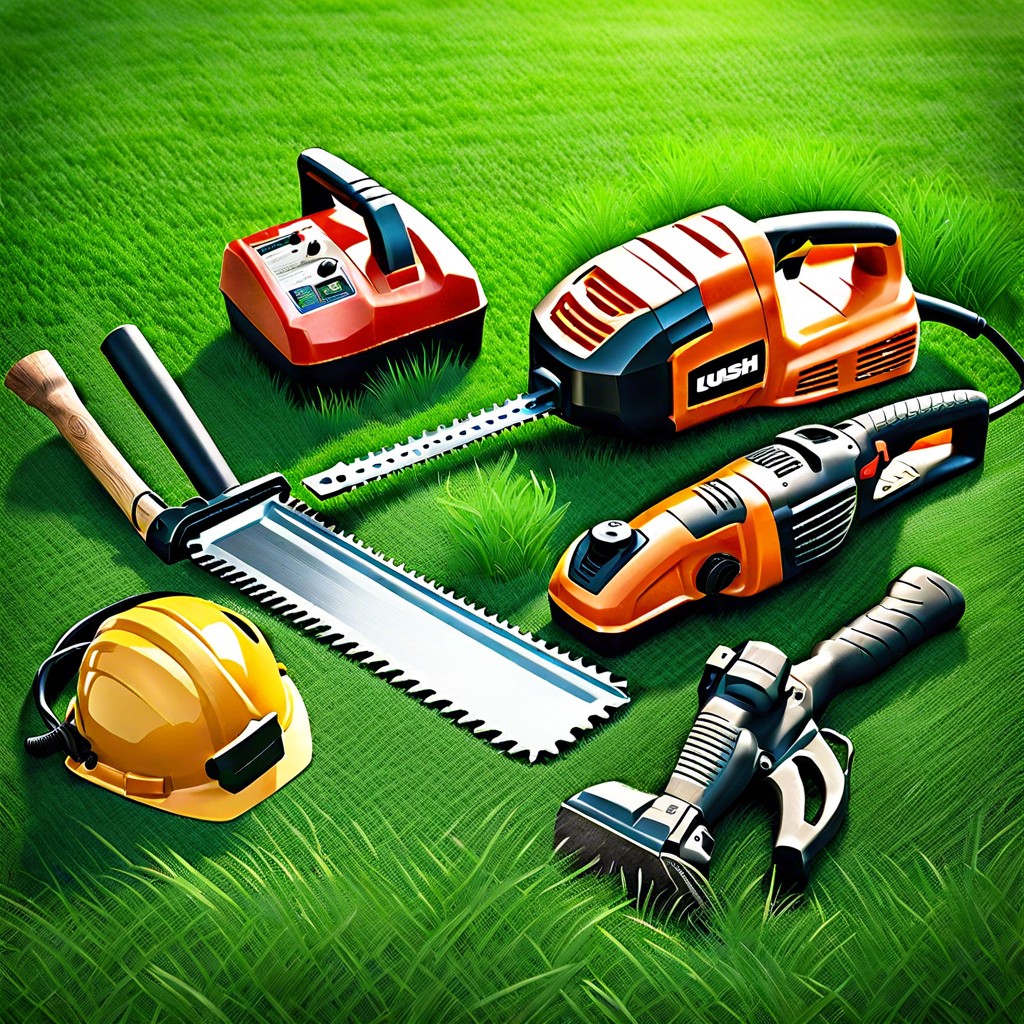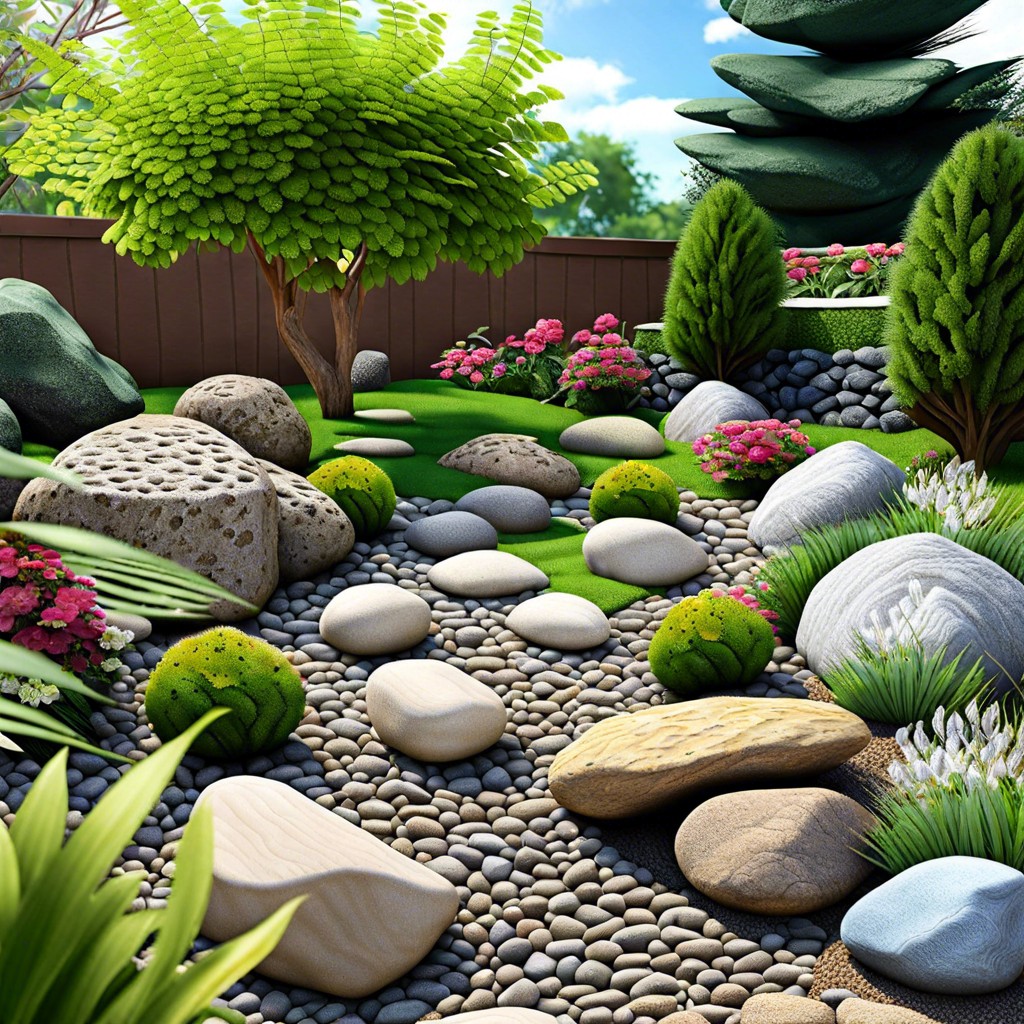Discover the key factors to consider when selecting the ideal landscape rake for your outdoor maintenance and soil preparation needs in this comprehensive buying guide.
Key takeaways:
- Landscape rakes are versatile tools for smoothing and leveling soil.
- Types of landscape rakes: tow-behind, hand rake, adjustable, aluminum, specialty.
- Adjust angle, overlap strokes, and check for obstacles when using a landscape rake effectively.
- Safety tips: wear appropriate attire, inspect the rake, be mindful of surroundings, maintain good posture, stay hydrated.
- Common applications: soil preparation, mulch spreading, debris clearing, gravel distribution, agriculture maintenance.
Understanding Landscape Rakes
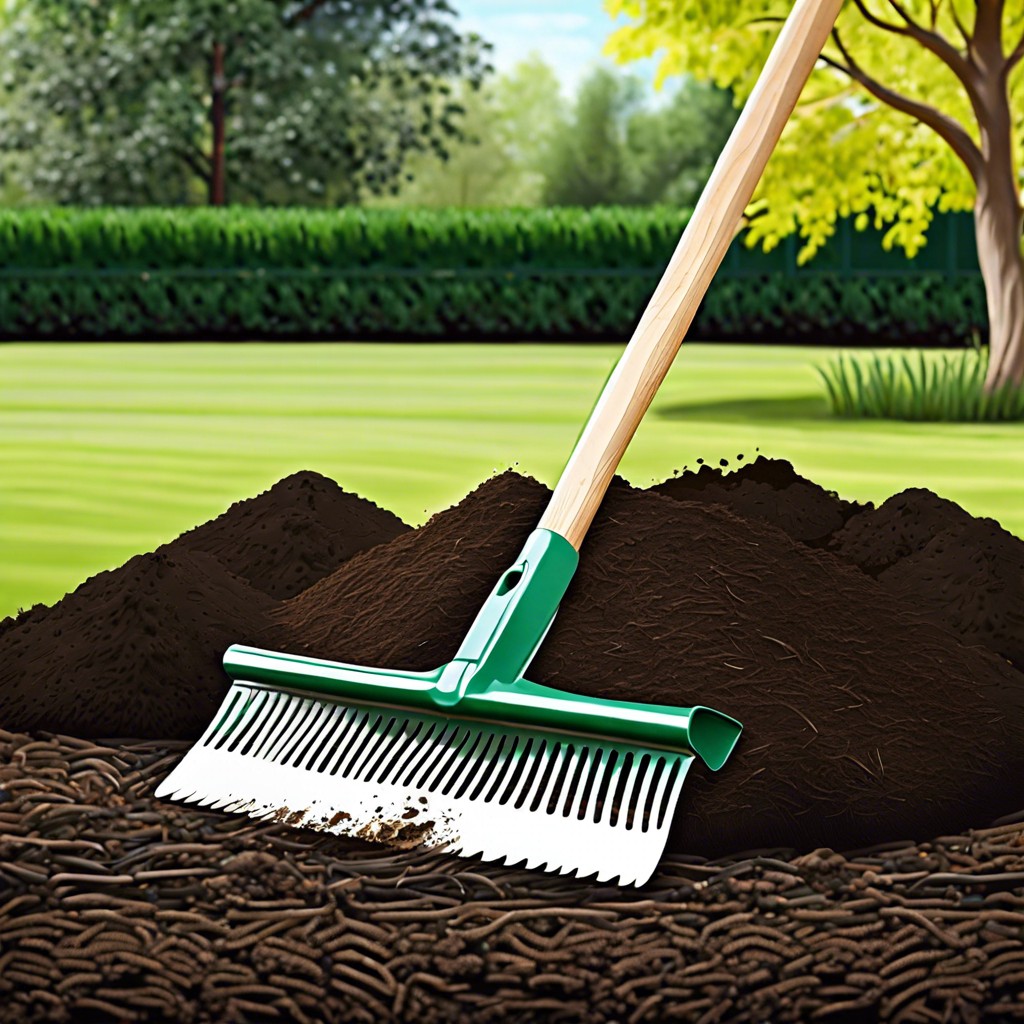
Landscape rakes are versatile tools designed for outdoor projects, known for their ability to smooth and level soil. They feature a long, straight head equipped with tines, which can be made of steel or aluminum. This head is attached to a handle that can range in length, allowing users to cover more ground efficiently.
The functionality of these rakes lies in their ability to break up clumps of dirt and debris, making them ideal for preparing seedbeds as well as clearing rocks and roots. The robust structure of landscape rakes means they can also be used to distribute gravel or other loose materials evenly across a surface.
With their wide heads, typically ranging from 36 inches to over 60 inches, landscape rakes cover large areas with each pass. This increases productivity and decreases the physical strain associated with raking. The width also facilitates the creation of a smooth, flat surface without the dips and mounds that a regular garden rake might leave behind.
An additional point of versatility is the adjustability feature found in some models. Users can often adjust the angle of the rake head, allowing them to customize their raking approach depending on the task at hand. This tilt function is especially useful when grading soil or pulling materials to the side.
Overall, landscape rakes are a key tool for any gardener or landscaper looking to maintain or create a tidy, even outdoor space.
Types of Landscape Rakes
Landscape rakes come in various designs each tailored for specific tasks and types of terrain. The tow-behind or pull-behind rake is a popular choice for covering large areas. It can be attached to a tractor or ATV, making it perfect for smoothing out soil, removing debris, or preparing land for seeding.
For more precision work, a hand rake is a way to go. Typically made with a wide, sturdy head and a long handle, these are great for smaller gardens or detailed landscaping work. Hand rakes allow users better control and the ability to reach tight spaces that larger machines might miss.
Adjustable rakes are versatile tools designed to be modified for different tasks. With adjustable tines or heads, they can transition from collecting leaves to grading soil with a simple adjustment.
Aluminum landscape rakes are lightweight yet durable, often chosen for tasks that require a lot of manual labor as they reduce user fatigue.
There are also landscape rakes with specialty functions, like those with a scarifying edge to help in breaking up compacted soil or thatching lawns. Others may come with dual-purpose designs, combining a traditional rake head on one side and a leveling blade on the other, providing two tools in one.
Each type of landscape rake serves a unique function, and choosing the right one will depend on the specific needs of your project.
Using a Landscape Rake Effectively
To get the most out of your landscape rake, start by adjusting the angle to suit the task at hand. A straight position works well for spreading materials, while a more acute angle helps gather debris or thatch. Ensure that the rake’s tines lightly touch the ground; digging too deep can harm the soil structure or uproot plants you wish to keep.
Move at a consistent pace, overlapping previous strokes slightly to avoid missed patches. If you encounter resistance, rather than forcing the rake through, check for obstacles and remove them by hand to prevent damage to both the tool and your landscape.
For optimal results, employ a back-and-forth motion which helps to level the soil and cover ground efficiently. When raking gravel or stones, use a sweeping action to gather and deposit them in designated areas.
Remember to periodically check the rake for any bent tines or loose bolts. Maintaining your tool after each use ensures it performs well each time you need it. By following these simple guidelines, you’ll be able to maintain your property’s appearance and health with relative ease.
Safety Tips When Using a Landscape Rake
Prior to engaging with any landscaping project, it is crucial to ensure your safety, especially when handling tools like a landscape rake. First and foremost, don appropriate attire, including gloves to protect your hands from blisters and sturdy boots to safeguard your feet.
Inspect your rake before use; a damaged or loose head could easily become detached and pose a risk to yourself or others nearby. Always be mindful of your surroundings, keeping a safe distance from bystanders and making sure the area is clear of obstacles that could trip you up while you’re working.
When operating the rake, use smooth, controlled motions to prevent strain on your back. Bend at the knees — not the waist — to maintain good posture and reduce the likelihood of muscle aches or more serious injuries.
Hydration is key; take regular water breaks to avoid overheating, especially on sunny days. Don’t forget to layer on sunscreen and wear a hat for extra UV protection. Raking can sometimes be a repetitive, labor-intensive task, so listen to your body and take breaks as needed to prevent overexertion.
By following these simple yet effective safety tips, you can ensure that your landscaping activities are both productive and safe.
Common Applications for Landscape Rakes
Landscape rakes serve a versatile role in outdoor maintenance and development, offering several practical uses. They are ideal for smoothing and preparing soil surfaces before laying sod or seeding, helping create a level base that encourages uniform growth. Gardeners frequently turn to these rakes for spreading mulch around plants, which not only enhances aesthetics but also retains moisture and discourages weed growth.
Clearing debris is another common application, as the strong tines of a landscape rake can gather fallen leaves, twigs, and stones with ease. This is particularly beneficial in large, open areas where handpicking debris would be time-consuming and labor-intensive. Furthermore, landscape rakes can help in distributing and leveling gravel on driveways and pathways, ensuring an even surface.
In the realm of agriculture, these rakes are indispensable for breaking up soil clods and aerating the ground after plowing, promoting better water absorption and root penetration. They also come in handy for maintaining horse arenas and other livestock enclosures, as the rake can redistribute the footing material and keep the surface smooth for the safety of animals.
Whether you’re a homeowner looking to maintain a pristine backyard or a professional landscaper managing extensive grounds, a landscape rake is a powerful tool that can assist in achieving a well-kept, attractive, and functional outdoor space.
